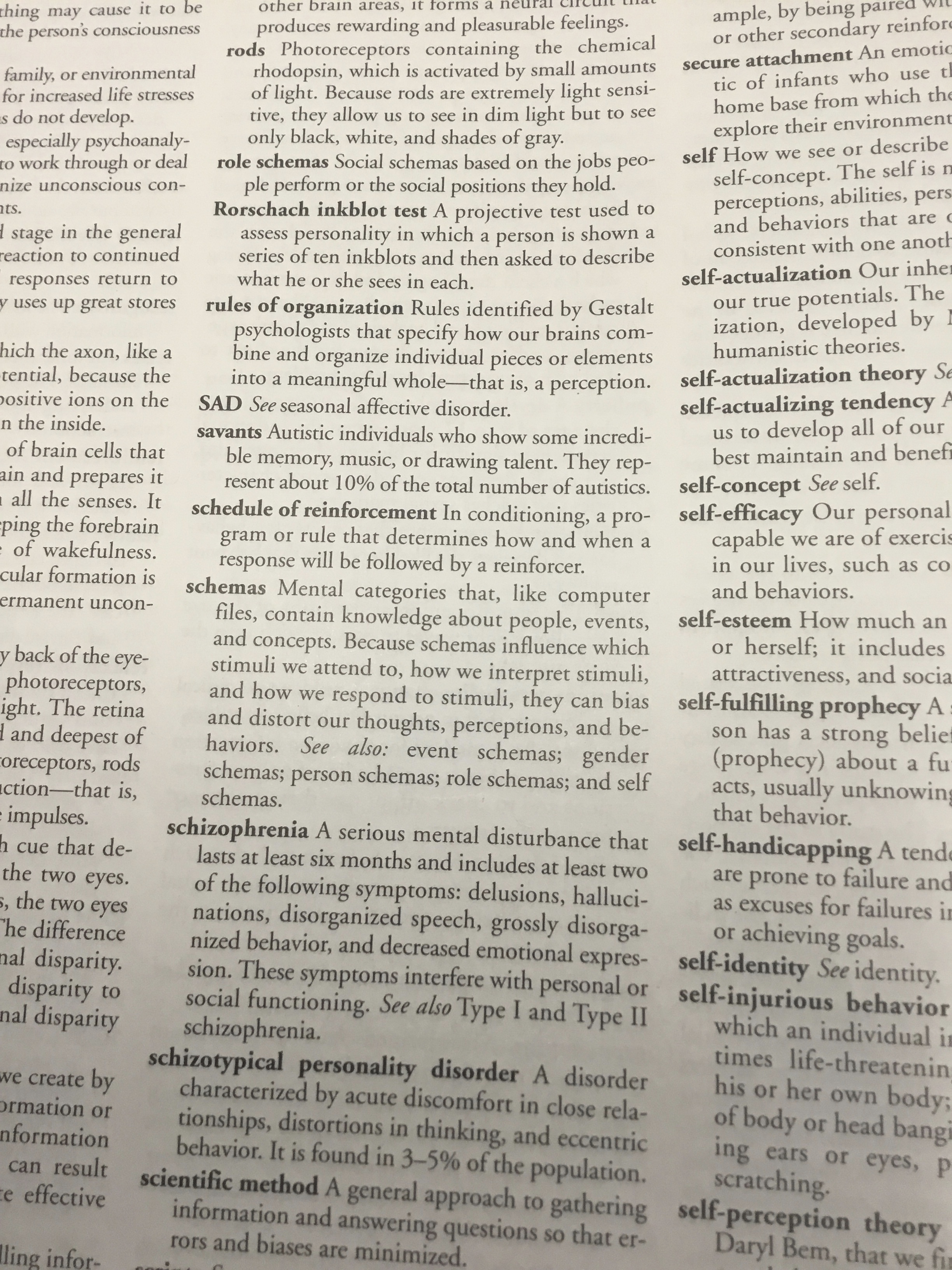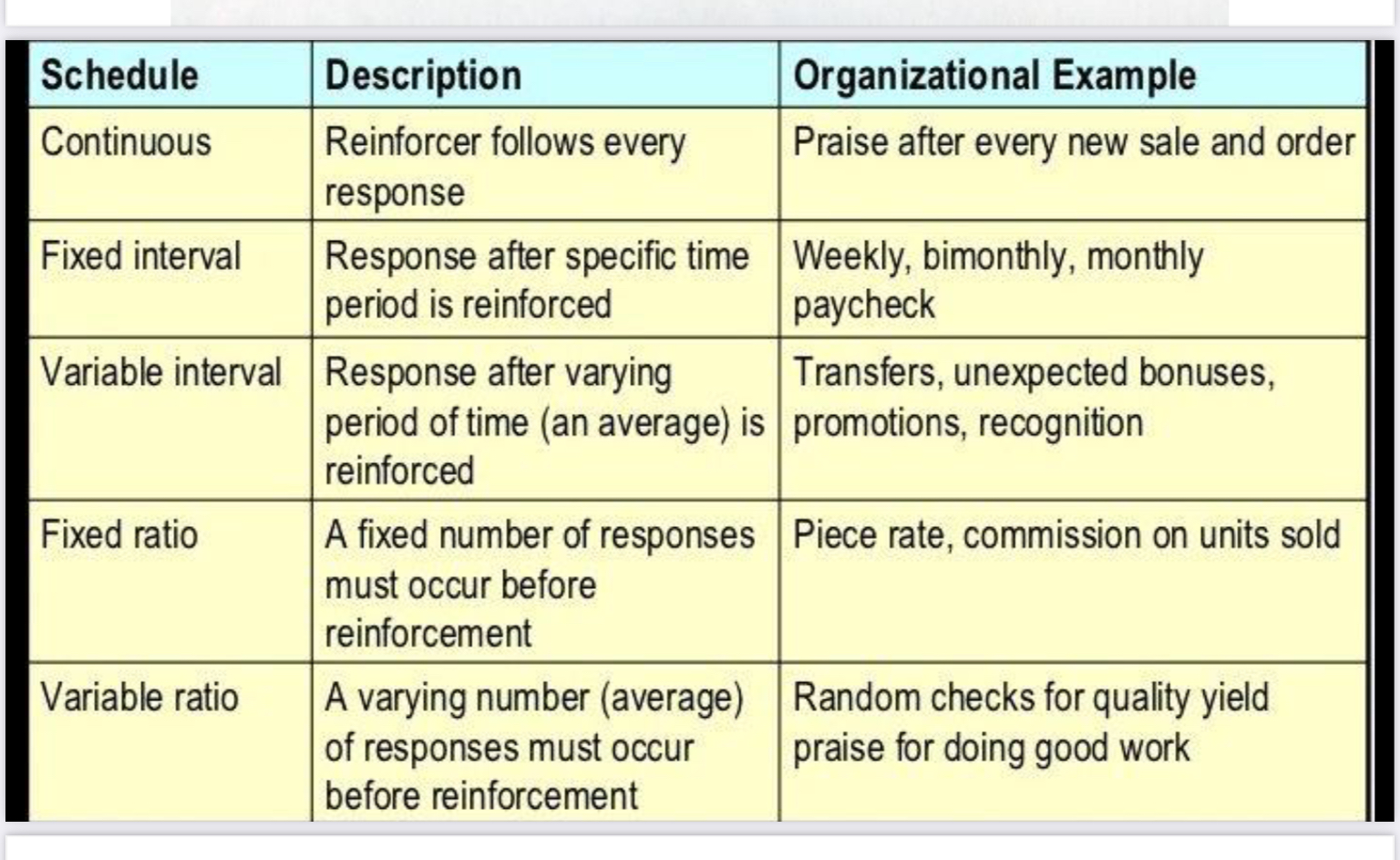Learning Psychology 12
1/35
There's no tags or description
Looks like no tags are added yet.
Name | Mastery | Learn | Test | Matching | Spaced |
|---|
No study sessions yet.
36 Terms
Learning
refers to relatively permanent changes in
behaviour resulting from practice or experience.
Classical Conditioning
Learning by association”
• called “reflexive learning”
Learned/ taught ws behavior towards a person and animal without reward or punishment.
Operant Conditioning
A form of learning where the probability of a behavioural response is changed by its consequences. Good or bad consequences.
Ex. Rewards/punishments
Ivan Pavlov
Ivan Pavlov was a Russian physiologist known for his work on classical conditioning. In his famous experiment, he trained dogs to salivate at the sound of a bell, even when no food was present. This experiment showed that animals can learn to associate one stimulus with another.
Pavlov's work has had a significant impact on psychology and behaviorism. His concept of classical conditioning is still used today to explain how people learn and form associations.
Ivan Pavlov
The Father of Classical Conditioning
Unconditional Stimulus (UCS)
A stimulus that will always and naturally
ELICIT a response.
A item.
Unconditional Response (UCR)
any response that always and naturally occurs
(MOST be a REFLEXIVE Response i.e. salivation or eye blink)
Action
Neutral Stimulus
any stimulus that does not naturally elicit a response (i.e. ringing a bell)
Conditional Stimulus
The item sound or action that make the trained animal react.
any stimulus that will, after association
with an UCS, cause a conditioned response (CR) when present to a
subject by itself
Conditioned Response (CR)
Trained response to an action or sound or item.
any response that occurs upon the presentation of the conditional stimulus
Generalization
Tendency to respond to stimuli that “resembles” the Conditioned Stimulus (Learned response)
ie. study showed abused kids had a fear response when they saw an angry face of strangers on a computer.
Stimulus Discrimination
learned ability to distinguish between stimulus
• the learner responds only to certain stimuli (conditioned stimuli), and does not respond to stimuli that is similar.
ex. Two same sounds of different pitch. Opposite of Generalization
Extinction
the diminishing of a learned response
requires weakening of the association between the CS and the CR by repeatedly presenting the CS alone.
i.e. ringing the bell without showing the
dog food. Eventually the dog will stop
drooling at the sound of the bell.
Spontaneous Recovery
Following extinction.
• the CR may reappear periodically if the CS is presented again.
• Requires a break or time between extinction and recovery.
CR is not as strong as it was before extinction
Operant response
strengthened or repeated when followed by a reinforcement and reduced or eliminated when followed by punishment
A response that could be modified, but it’s consequences operating responses offer way dividing ongoing behaviours into meaningful and measurable units.
Law of Effect
Behavioural responses are: strengthened or repeated when followed by a reinforcement and reduced or eliminated when followed by punishment
The principal that behaviour follow a positive (Pleasure) consequences are strengthen and (thus will likely occur in the future), while behaviours followed by negative consequences are weakened.
B. F. Skinner
(1904-1990)
famous for his research = behaviourism
Focused on observable behaviours
No free will all behaviour a result of
conditioning
work with rats & pigeons determined
schedules of reinforcement
Chaining
A behaviour/response is broken
down into a sequence of smaller
tasks.
The learner is taught only one step at
a time and is not taught any future
steps until the current step has been
mastered.
These individual behaviours will be
combined to form more complex
responses
Ex. Driving dog
Shaping
new behaviour is produced by reinforcing
responses that are similar to the desired
response.
“small steps” towards the desired behaviour is
rewarded. For example:
• rewarding the pigeon for turning in the
direction of the button
• rewarding the pigeon for standing by the button
• rewarding the pigeon touching/peaking the
bu
Reinforcement
Encouraging a behaviour
Positive reinforcement: giving something desired.
negative reinforcement: termination of an unpleasant or adverse stimulus after performing a certain behaviour. Removing something you don’t want.
Punishment
Discourage a behaviour
Positive (+) Punishment: The addition of an undesirable event or stimulus that follows a behaviour.
Negative (-) Punishment: Subtraction of a reinforcing stimulus after a perceived inappropriate/undesirable behaviour.
Primary reinforcers:
stimulus such as food, water, or sex, that is innately satisfying and requires no learning on the part of the subject to become pleasurable
Conditioned/Secondary reinforcers:
Any stimulus that has acquired its reinforcing power through experience; they are learned, such as money, chocolate, good grades.
Continues Reinforcement
A continuous reinforcement schedule (CRF) is one in which each specified response is reinforced. For example every chore done is a sticker earned.
Partial Reinforcement also known as intermittent Reinforcement
An intermittent/partial reinforcement schedule is one in which only some responses are reinforced
When you want to reinforce based on a certain number of responses occurring (for example, doing a certain number of math problems correctly), you can use a ratio schedule
When you want to reinforce the response after a certain amount of time has passed (for example when a teacher gives a midterm test), you can use an interval schedule

Schedule of Reinforcers
Ratio (responses) Schedules
Fixed Ratio
Variable Ratio
Interval (time) Schedules
Fixed Interval
Variable Interval

Fixed Ratio Schedu
: reinforcement is contingent upon a FIXED, predictable number of RESPONSES
Characteristic pattern of behaviour:
High rate of response
Short pause following each reinforcer
Reading a chapter then taking a break
5 responses needed to get a reinforcement
Variable Ratio Schedule
: reinforcement is contingent upon a VARYING, unpredictable number of RESPONSES
Creates very persistent & long-term behaviours
Hunting, fishing, golfing, shooting hoops, and telemarketing
includes unwanted behaviors like begging, and gambling.
Fixed Interval Schedules
: reinforcement is contingent upon the response after a FIXED, predictable period of TIME
schedule causes high amounts of responding near the end of the interval but much slower responding immediately after the delivery of the reinforcer.
Ex. Getting payed for a job monthly or every 2 weeks
Variable Interval Schedule
: reinforcement is contingent upon the response after a VARYING, unpredictable period of TIME.
creates slow & steady responses with little change.
Resistant to extinction
Checking for a text message or your email
Employer periodically checking your work.
Social Cognitive Learning Or Observational Learning Theory
Social-cognitive learning is a theory that explains how people learn by observing others. It was developed by Albert Bandura, a psychologist who is famous for his Bobo doll experiment.
In this experiment, Bandura showed children a video of an adult hitting a Bobo doll. The children who watched the video were more likely to hit the Bobo doll themselves, even though they had never seen it before. This experiment showed that people can learn new behaviors by observing others.
In imitation, a person simply copies what the model does.
• Observational learning is much more complex.
• By observing others, people acquire knowledge of rules, skills, strategies. Beliefs, and attitudes.
Albert Bandura
Albert Bandura's four-step process of observational learning is a model of how people learn by observing others. Also he is one of the founders.
Albert Bandura is considered the leading proponent of Social-Cognitive Learning.
Four processes of observational learning
ATTENTION notices something in the environment
RETENTION remembers what was noticed
REPRODUCTION produces an action that is a copy of what was noticed
MOTIVATION consequence changes the probability the behaviour will be emitted again
Modeling
Characteristics of Effective Models
The model …
• Competent or skilled
• Has prestige and power
• consistent with the observer’s
interests & typical behaviours
• Exhibits behaviour relevant to the observer’s situation. (Could be a stranger in this case)
Modeling is who u are imitating
Vicarious Learning
even when we don’t directly participate in event
• indirectly by watching others & determining if the consequences are + or -
Ex. U see someone cheat the teacher also notices and yelled at the cheaters u observe/learn that if u cheat the teacher will yell at u.
Prosocial Effect
Modeling can promote positive, constructive, helpful behaviour.
Prosocial means behaving in a way that is helpful to others. It's the opposite of antisocial.
Antisocial Effect
Modeling can promote negative, defiant, or abnormal behaviour that break from the social norms
Ex. Repeated exposure to violence and antisocial behaviour on TV has shown an increase in
• Bullying
• Reduced Empathy (Desensitization)
• Gender Stereotyping